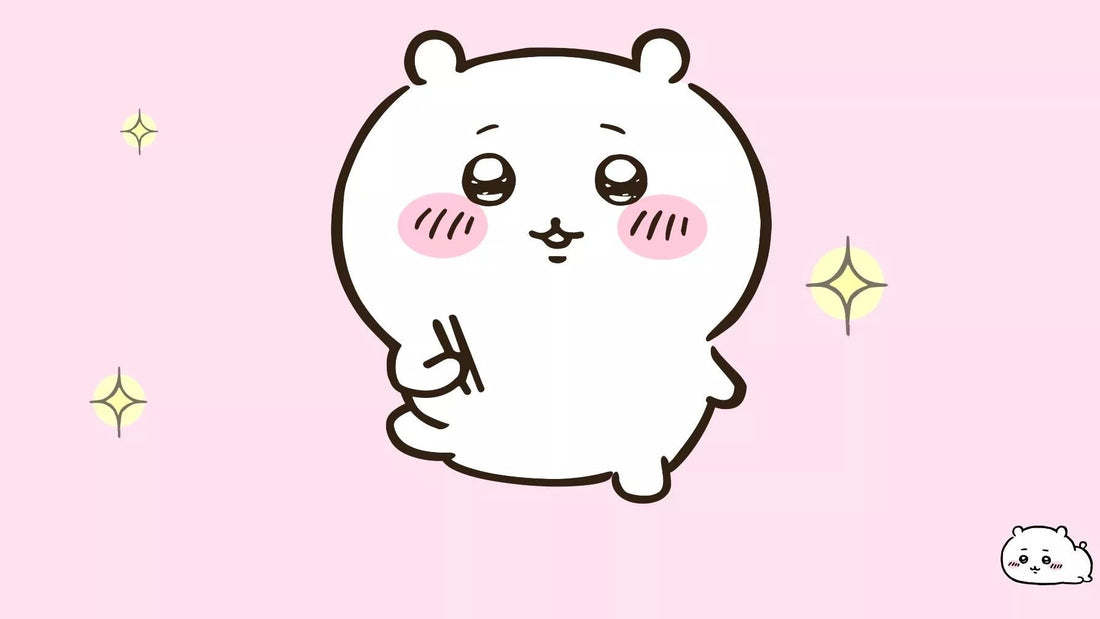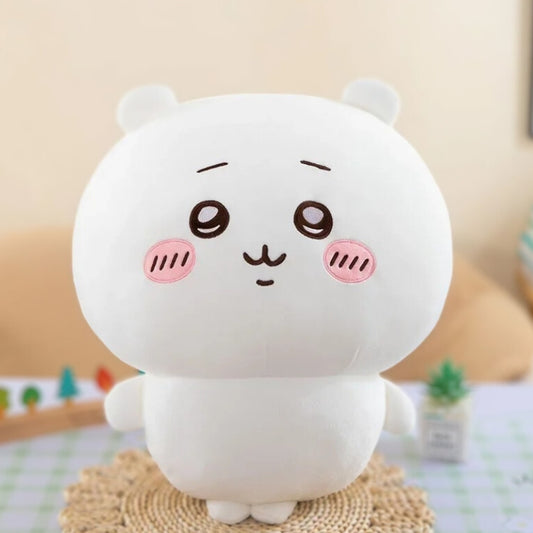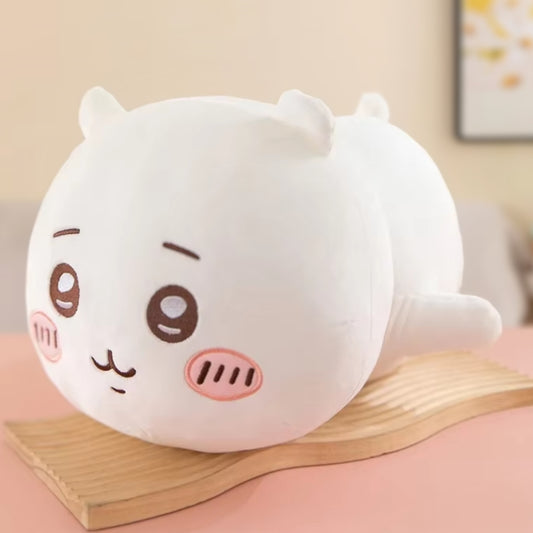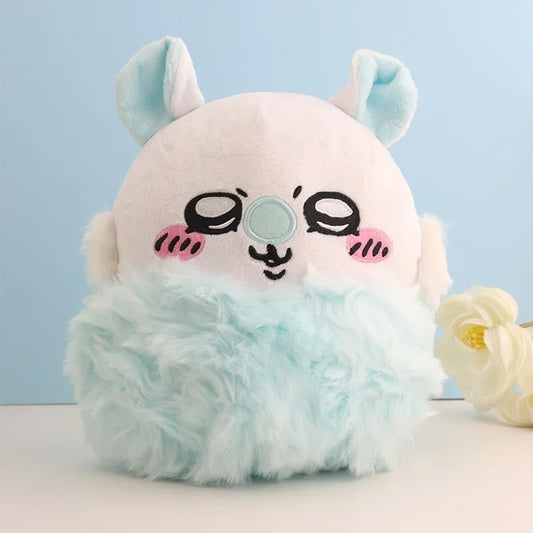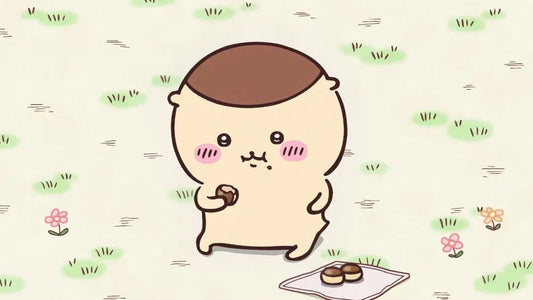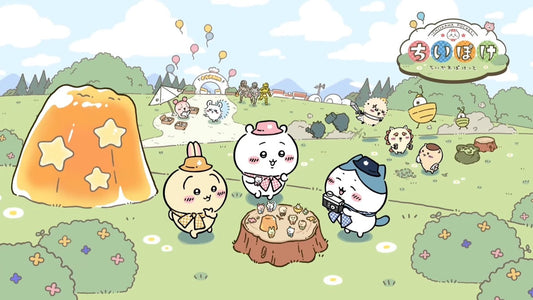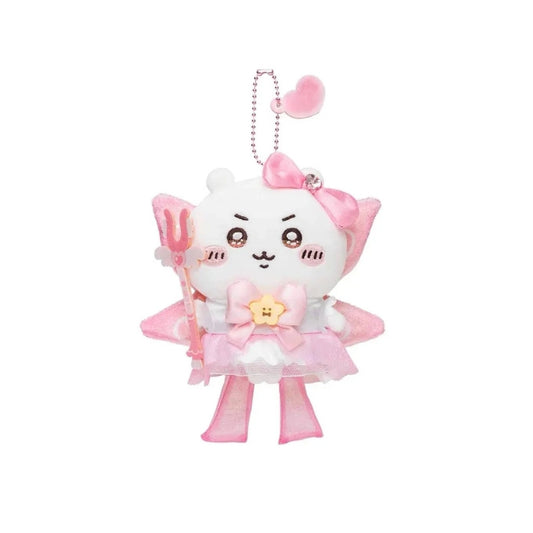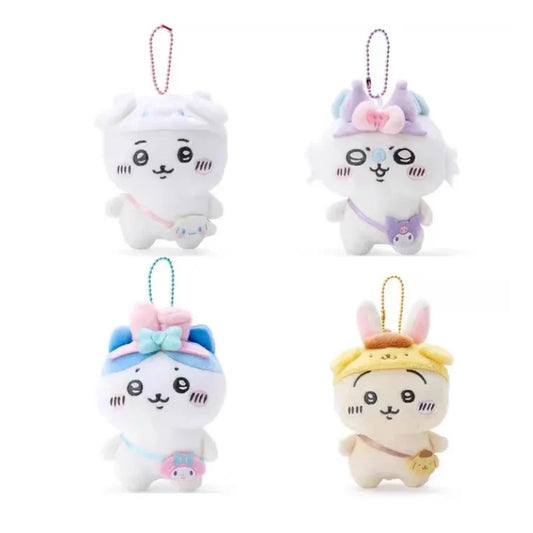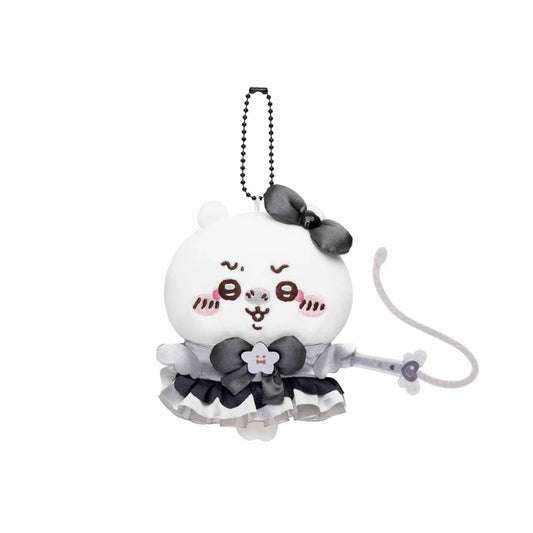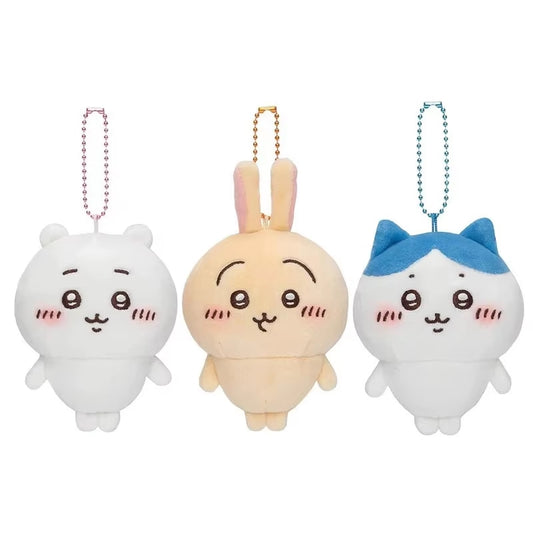Introduction: The Gender Mystery of Chiikawa
In the vibrant universe of Chiikawa, where adorable creatures navigate life’s ups and downs, one question sparks endless debate: Is Chiikawa a girl? Despite the character’s global fame, creator Nagano has never confirmed Chiikawa’s gender, leaving fans to speculate. This ambiguity isn’t an oversight—it’s a deliberate choice rooted in kawaii culture’s love for universality. Let’s unravel the clues, cultural context, and creative intent behind Chiikawa’s gender-neutral charm.
Chiikawa 101: A Quick Recap
Before diving into gender, let’s revisit the basics:
-
Origins: Chiikawa debuted in 2020 as a Twitter webcomic by Japanese artist Nagano, later expanding into manga and anime.
-
Personality: Chiikawa is timid, empathetic, and prone to tears, but fiercely loyal to friends like Hachiware and Usagi. Explore the Chiikawa characters' personalities.
-
Design: A small, round creature with large eyes, blushing cheeks, and minimal features—no clear gender markers.

Without a doubt, you can observe the cuteness of Chiikawa in this Chiikawa pajama plushie keychain.
The Case for Chiikawa as a Girl
While Nagano avoids labels, some fans argue Chiikawa leans feminine. Here’s why:
1. Voice Acting in the Anime
-
Minami Tsuda: The voice actor for Chiikawa is female, which some fans associate with a girl character. In anime, voice actor gender often influences perception (e.g., Sailor Moon’s female voice).
-
Pitch and Tone: Chiikawa’s high-pitched, soft-spoken voice aligns with stereotypical “cute girl” roles in Japanese media.

The crying sound of Chiikawa more or less is associated with a little girl image, just like how this cute Chiikawa crying face plushie looks like.
2. Cultural Stereotypes
-
Emotional Expression: Chiikawa’s frequent crying and shyness are traits sometimes culturally coded as feminine, though this varies globally.
-
Merchandise Aesthetics: Pink hues and pastel accessories in Chiikawa merch (e.g., plushies with bows) might unconsciously signal “girl” to some audiences.

Exactly like this Chiikawa Magical Girl series plush keychain, Chiikawa looks quite girly which is very adorable in fact.
3. Fan Art and Community Trends
-
Fan Interpretations: Many artists depict Chiikawa with feminine accessories like dresses or hair ribbons, reinforcing the “girl” narrative.
-
Social Media Polls: Informal polls on platforms like Twitter show a split, with a vocal faction adamant Chiikawa is a girl.
Counterpoints: Why Gender Neutrality Makes Sense
1. Creator Intent
Nagano has repeatedly emphasized ambiguity:
-
No Pronouns: The series avoids gendered pronouns, referring to Chiikawa as “they” or by name.
-
Universal Relatability: In interviews, Nagano notes Chiikawa represents emotions, not demographics.
2. Kawaii Culture’s Gender Fluidity
Japan’s kawaii aesthetic thrives on androgyny:
-
Hello Kitty: Marketed as a girl but lacks human traits, appealing to all genders.
-
Rilakkuma: A genderless bear whose charm transcends labels.
-
Design Choices: Chiikawa’s lack of gendered features (no eyelashes, bows, or clothing) aligns with this tradition.
3. Merchandise Strategy
-
Broad Appeal: Gender-neutral characters sell better globally. A “girl” label might deter male fans, while ambiguity maximizes market reach.
-
Fan Projection: Letting fans assign their own identity deepens emotional connections.
Cultural Context: Gender in Japanese Media
Japan’s approach to character gender differs from Western norms:
-
Moe Aesthetic: Focuses on “cuteness” over biological traits. Characters like Pikachu (genderless in early media) prioritize relatability.
-
Anime Tropes: While some shows emphasize gender roles, others (e.g., Attack on Titan’s Mikasa) subvert them. Chiikawa exists in a middle ground—neither reinforcing nor rejecting stereotypes.
Fan Theories: Beyond the Binary
The fandom’s creativity shines in gender debates:
1. The “Genderfluid” Interpretation
-
Evidence: Chiikawa’s behavior shifts between “stereotypically” feminine (crying) and masculine (bravery in danger).
-
Symbolism: Represents the fluidity of real-life identity, resonating with LGBTQ+ fans.
2. The “Ageless Child” Theory
-
Evidence: Chiikawa’s small size and innocence suggest a pre-gendered “child” archetype.
-
Cultural Parallel: Think Peanuts’ Charlie Brown—universally relatable without age or gender specifics.
3. The “Non-Human” Angle
-
Evidence: Chiikawa’s species ambiguity (is it a mouse? hamster?) makes gender irrelevant.
-
Lore Hints: Body-swapping monsters (Momonga/Dekatsuyo) imply a world where biology is fluid.
Why Ambiguity Matters: Chiikawa as a Mirror
Chiikawa’s undefined gender isn’t a plot hole—it’s a narrative strength:
-
Inclusivity: Lets fans see themselves in the character, regardless of gender identity.
-
Emotional Focus: Prioritizes themes like friendship and courage over societal labels.
-
Timelessness: Avoids cultural shifts in gender norms, ensuring relevance across generations.
Conclusion: Chiikawa Is Whatever You Need Them to Be
So, is Chiikawa a girl? The answer lies in the question’s irrelevance. Nagano’s genius is crafting a character who transcends labels, embodying universal emotions rather than binary categories. Whether you see Chiikawa as a girl, boy, or beyond, the magic is in the mystery.
Find out more assorted Chiikawa merch and celebrate the joy of gender ambiguity with Chiikawa!

